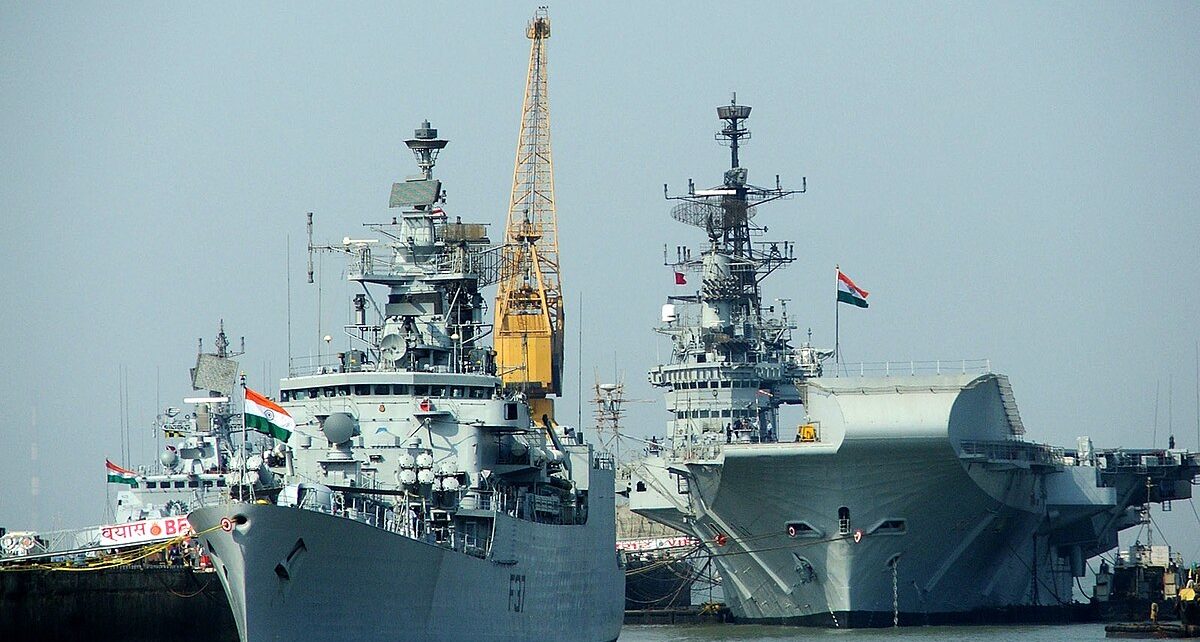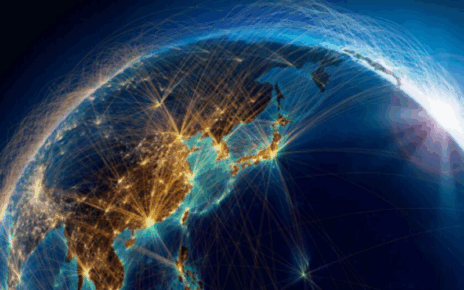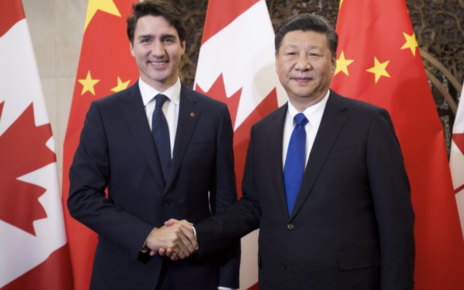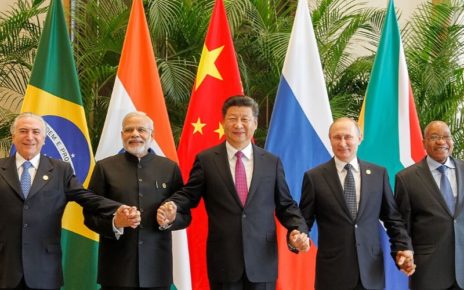India and China are forecast to be the second and third-largest economies in the world by the turn of the next century. The dynamics between these powers demonstrate an uneasy competition as each state tries to increase its own sphere of influence at the expense of the other. These dynamics are thus a mixture of cooperation, competition and confrontation across a variety of socio-political, military and economic domains. They can be witnessed in the Indian Ocean, in border disputes, geopolitical manoeuvring, and international organisations. Overall, China’s approach appears to be two-fold: first, to strategically position itself to secure its trade and commercial interests by protecting its sea lanes of communication; and second, potentially containing and preventing India’s regional hegemony in the coming decades. This approach could lead to tension in the Indo-Pacific region and severely affect energy markets and increasingly vital trade nodes due to Great Power competition.
Military tensions between China and India have occurred in the past, and are still ongoing, including delineating the longest disputed border in the world (3,440km) called the Line of Actual Control. Crucially, India and China fought a war in 1962 over delineations in the border. Both China and India have been building infrastructure along the contested border. India is constructing a road to an air base, which was seen as a trigger for the 2020 deadly clash with the Chinese People’s Liberation Army. More clashes occurred in 2022 with Chinese personnel near the Tawang sector of Arunachal Pradesh state, in northeast India. India’s Prime Minister Modi’s visit to the Balipara-Charduar-Tawang road in March has been met with a diplomatic protest from the Chinese Foreign Ministry, criticizing the tunnel’s inauguration in the disputed region. Rising tensions in recent years, mixed with China’s increasing assertiveness beyond its borders and a rise in nationalism domestically under the Modi government have fostered further distrust between the Asian giants.
The Indian Ocean is increasingly becoming a theatre of competition between India and China, with China’s ‘String of Pearls’ and India’s ‘Necklace of Diamonds’ strategies. For China, this includes partnerships with the Maldives, Sri Lanka, Djibouti, Myanmar, Bangladesh and most crucially, Pakistan. China’s Indian Ocean partners include the Maldives, which signed a new defence agreement with China after the newly elected Maldivian government ordered the removal of Indian naval personnel while permitting a Chinese ‘research vessel’ to visit. This agreement is seen as a provocation to India due to the Maldives’ historic ties and geographic proximity to India and strategic location in the Indian Ocean. This adds to China’s larger strategy of building naval capacity in the region, such as the debt-financed Sri Lanka port of Hambantota, acquired by China when the Sri Lankan government defaulted on its debt obligations in 2017 on a 99-year lease. Myanmar has also become increasingly dependent on China since the February 2021 coup. This dependency is creating growing concerns that Myanmar is creating military installations on Coco Island in the Bay of Bengal at the request of China, which owns 40% of Myanmar’s foreign debt and currently controls the port of Kyaukphyu.
Across the Indian Ocean in Djibouti, China is ‘mixing commercial and military interests’ and seeking to emerge as a dominant actor in Africa while exerting influence over a vital shipping lane between Asia and Europe. China notably already has a military base in Djibouti. Moreover, China is expanding its commercial and military relationship with India’s historic rival, Pakistan. Pakistan’s Gwadar Port is another example of China’s ‘String of Pearls’, including the $62 billion China-Pakistan Economic Corridor (CPEC) which will link China’s Xinjiang Province with the port and a proposed $2 billion oil refinery. To add to these tensions, Pakistan has been increasing its imports of Chinese arms by 43% (2019-2023), providing Pakistan with 82% of its arms imports. The String of Pearls geopolitical and economic strategy looks to protect and expand Chinese interests in the Indian Ocean and the critical interlinkages between the Strait of Hormuz, Africa and the Strait of Malacca, which accounted for 80% of Chinese oil imports.
India is responding to China’s growing presence by preparing for any security implications in the Indo-Pacific by fostering security cooperation with the US, Japan and Australia through the Quadrilateral Security Dialogue, known as the Quad. The Quad is loose grouping that shares concerns over China’s increasingly assertive behaviour in the Indo-Pacific and that wishes to have a constructive agenda of cooperation. India is also creating its own geopolitical and economic strategy, dubbed, the ‘Necklace of Diamonds’. As Indian External Affairs Minister Jaishankar stated, “Pearls look benign unless you ask the oysters” and that it is ‘very reasonable’ for India to ‘prepare’ for far greater Chinese presence in the Indian Ocean. The Necklace of Diamonds strategy seeks to counter China’s potential containment of India, including through collaborating with economic and infrastructure partnerships. Moreover, India seeks to increase coordination with partners such as a bilateral air corridor between India and Mongolia, with Japan, through the Asia-Africa Growth Corridor (AAGC) and with the potential sales of the Brahmos Missile and patrol boats to Vietnam. India is also building port and naval infrastructure in the Indo-Pacific, including at the Changi Naval base in Singapore, Sabang Port in Indonesia, Duqm Port in Oman, Chabahar Port in Iran and a naval base in the Seychelles.
While tensions between India and China have been steadily increasing, this is not to suggest that there is no cooperation between both powers. Both are members of the Shanghai Cooperation Organization and the BRICS trading bloc. However, whether these organisations continue to be non-ideological and cooperative is yet to be seen. If China continues its focus on expanding its sphere of influence, building naval infrastructure in the Indo-Pacific and India responds through the Quad, the String of Pearls, and tensions at the Line of Actual Control continue, the rivalry between the powers will intensify. This rivalry could lead to the Indian Ocean becoming a source of tension, and in turn, would affect the flow of trade and vital energy products between Europe, Africa and Asia.
Photo: “Indian Navy ships” (2011), via Wikipedia Commons. Licensed under C.C 2.0.
Disclaimer: Any views or opinions expressed in articles are solely those of the author and do not necessarily represent the views of the NATO Association of Canada.




